Vertical Take-Off and Landing (VTOL) and Short Take-Off and Landing (STOL) aircraft have revolutionized aviation. With their unique flight mechanics, they combine the capabilities of helicopters with those of conventional aircraft. This article delves deep into the advanced principles governing these impressive machines, and why they’ve become essential assets in various aviation applications.
VTOL and STOL Aircraft
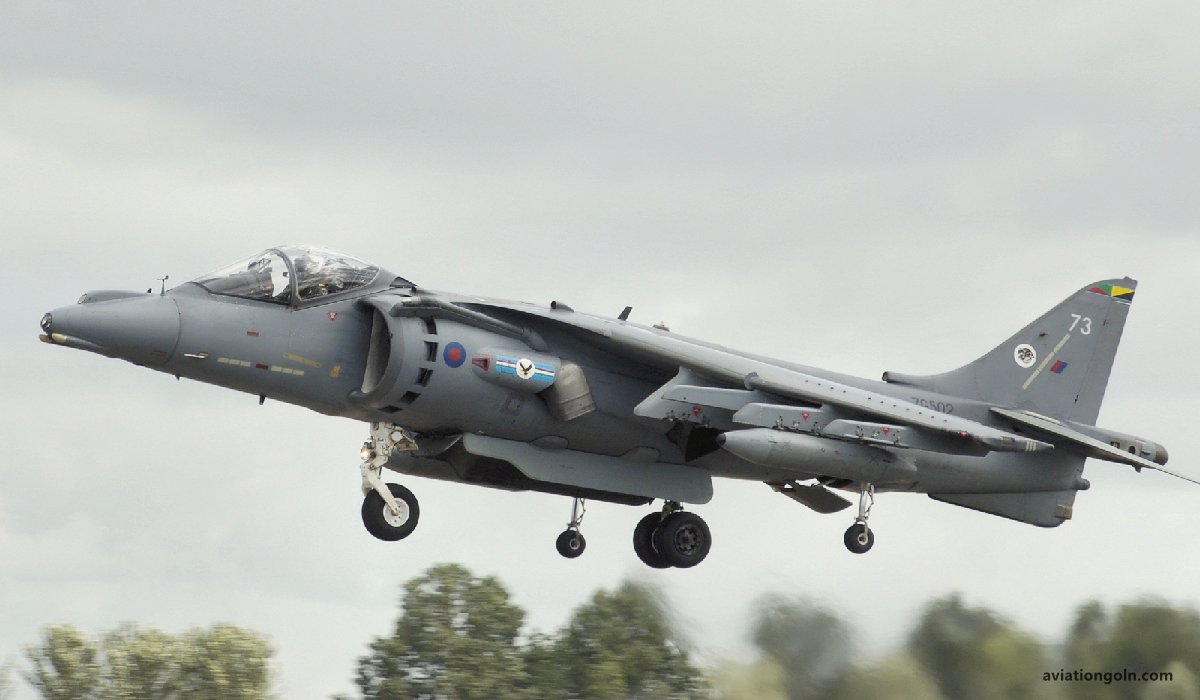
1. Background and Definitions
- VTOL (Vertical Take-Off and Landing): These are aircraft that can take off and land vertically, much like a helicopter. The most renowned examples are the Harrier Jump Jet and the F-35B.
- STOL (Short Take-Off and Landing): Aircraft that require a shorter runway than conventional planes for take-off and landing, but not necessarily as short as VTOL aircraft. The De Havilland Canada DHC-6 Twin Otter is a prime example.
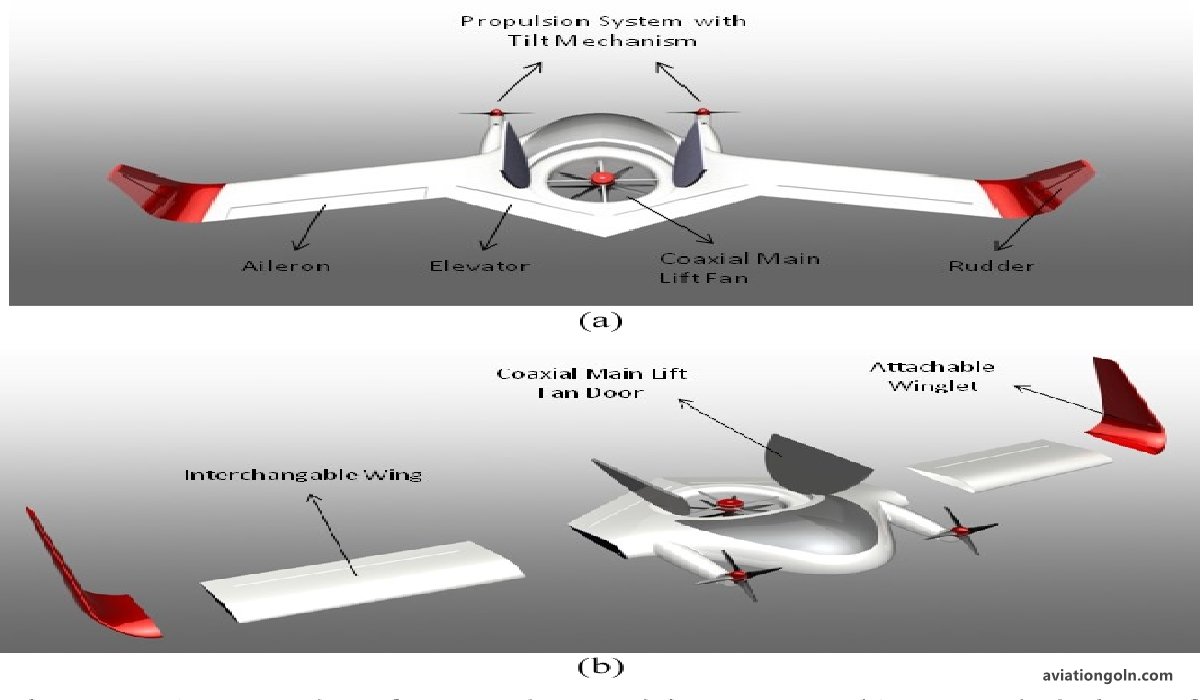
2. The Intricacies of VTOL Flight Mechanics
- Hovering: Unlike traditional aircraft, VTOL aircraft have the ability to hover. Hovering is the act of staying aloft in a fixed position over the ground, a feature that demands tremendous power and precision.
- Transitioning: A VTOL aircraft transitions between hover and forward flight, and vice-versa. This phase demands intricate changes in the thrust vectoring mechanism to change from vertical lift to forward propulsion.
- Stability and Control: In VTOL modes, aircraft face challenges with stability due to variations in the center of gravity, aerodynamic interferences, and ground effect.

3. Engineering Solutions for VTOL
- Thrust Vectoring: An essential technology for many VTOL aircraft, it involves directing the thrust from the engine to aid in taking off vertically, hovering, and transitioning to forward flight.
- Multiple Rotors: Multi-rotor VTOL designs, like quadcopters, distribute lift across several rotors, enhancing stability.
- Gyroscopic Stabilization: Gyroscopes can provide necessary stability during hover and low-speed operations, particularly useful in drone applications.
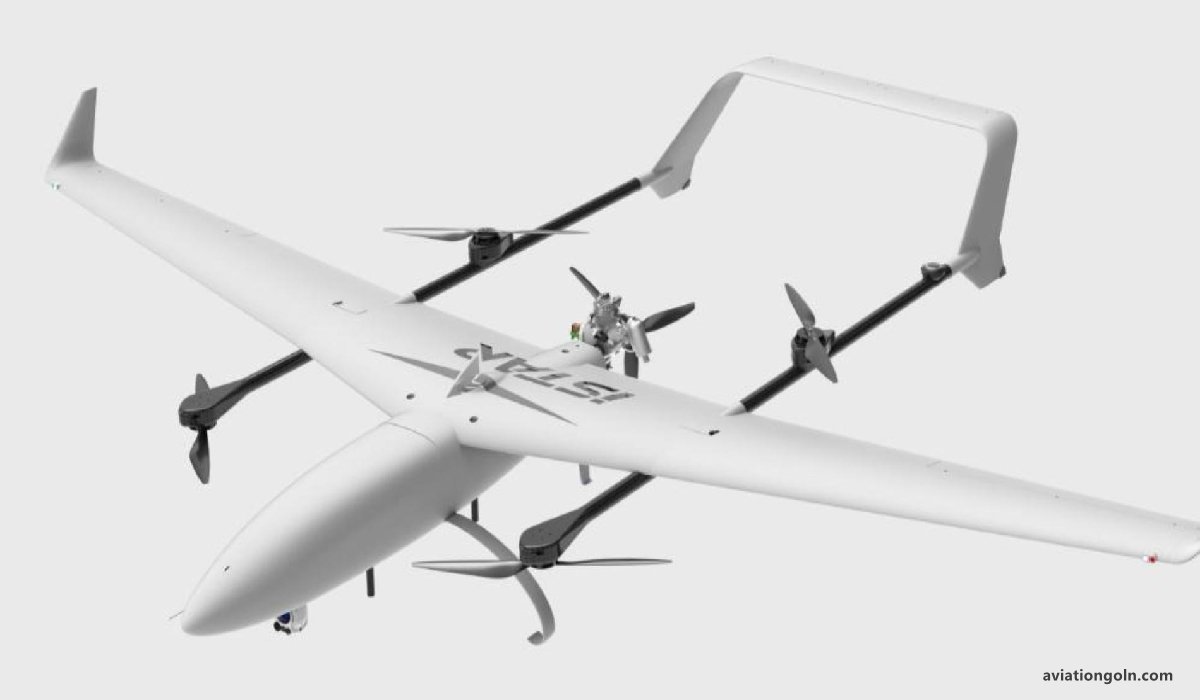
4. STOL: The Mechanics of Short Takeoffs and Landings
- High-Lift Devices: Flaps, slats, and other high-lift devices enhance wing lift at low speeds, allowing STOL aircraft to take off and land in short distances.
- Powerful Engines: A potent engine provides the thrust necessary for quick takeoffs.
- Rugged Landing Gear: STOL aircraft often operate from unprepared surfaces. Rugged, reinforced landing gear helps handle the demands of such terrains.
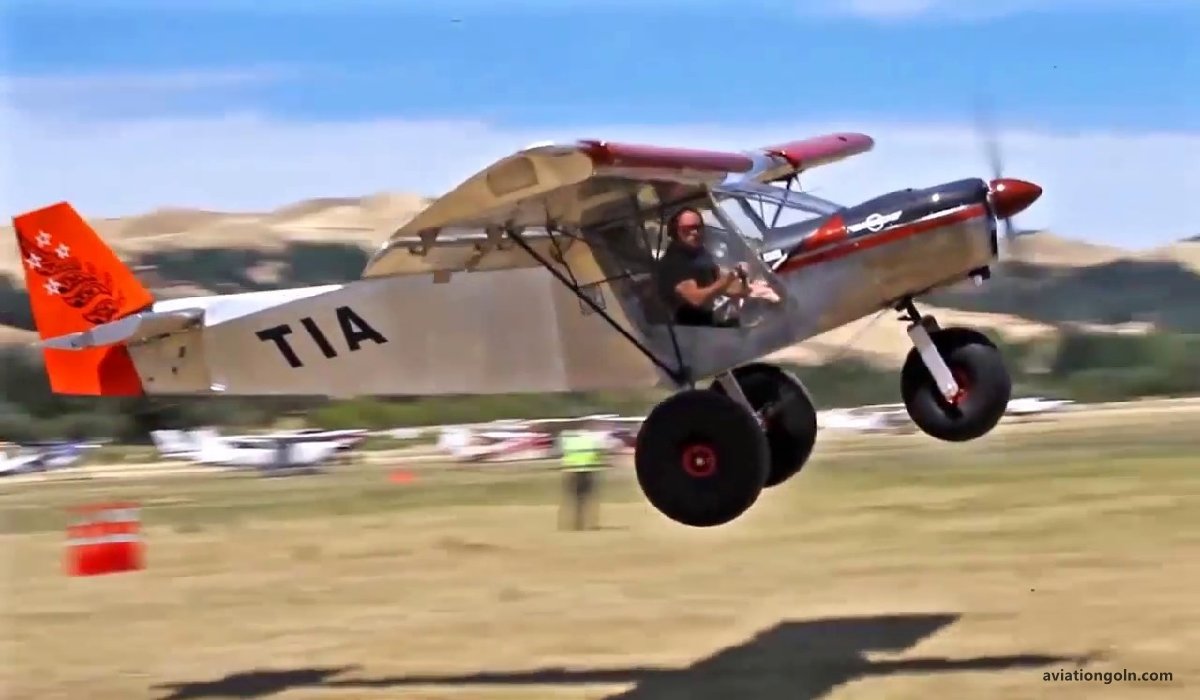
5. The Merits of VTOL and STOL
- Urban Air Mobility: VTOL aircraft, particularly electric ones (eVTOL), are at the forefront of urban air mobility solutions. Their vertical landing and takeoff capabilities make them ideal for city environments where space is a premium.

- Military Operations: VTOL military aircraft, like the F-35B, can operate from places without established runways, offering strategic advantages.
- Search and Rescue: STOL aircraft can quickly take off and land in confined spaces, invaluable for search and rescue missions.

6. Challenges
- Fuel Efficiency: VTOL aircraft, particularly during hover, consume a significant amount of fuel. Achieving better fuel efficiency is an ongoing challenge.
- Noise: The propulsion mechanisms necessary for VTOL and STOL operations are inherently noisy, a concern for urban applications.
- Complexity: The engineering behind VTOL and STOL aircraft results in increased mechanical and control complexity, which can pose maintenance and reliability challenges.

7. Future of VTOL and STOL
- Electric Propulsion: The rise of electric VTOL (eVTOL) promises cleaner, quieter, and more efficient operations. Urban air taxis are an emerging application of this technology.
- Automated Systems: With advancements in AI and flight control systems, future VTOL and STOL aircraft may feature higher levels of autonomy, further revolutionizing urban mobility and cargo delivery.
- Hybrid Designs: Hybrid aircraft that combine features of VTOL, STOL, and conventional aircraft could offer versatile operations, catering to a broader range of applications.
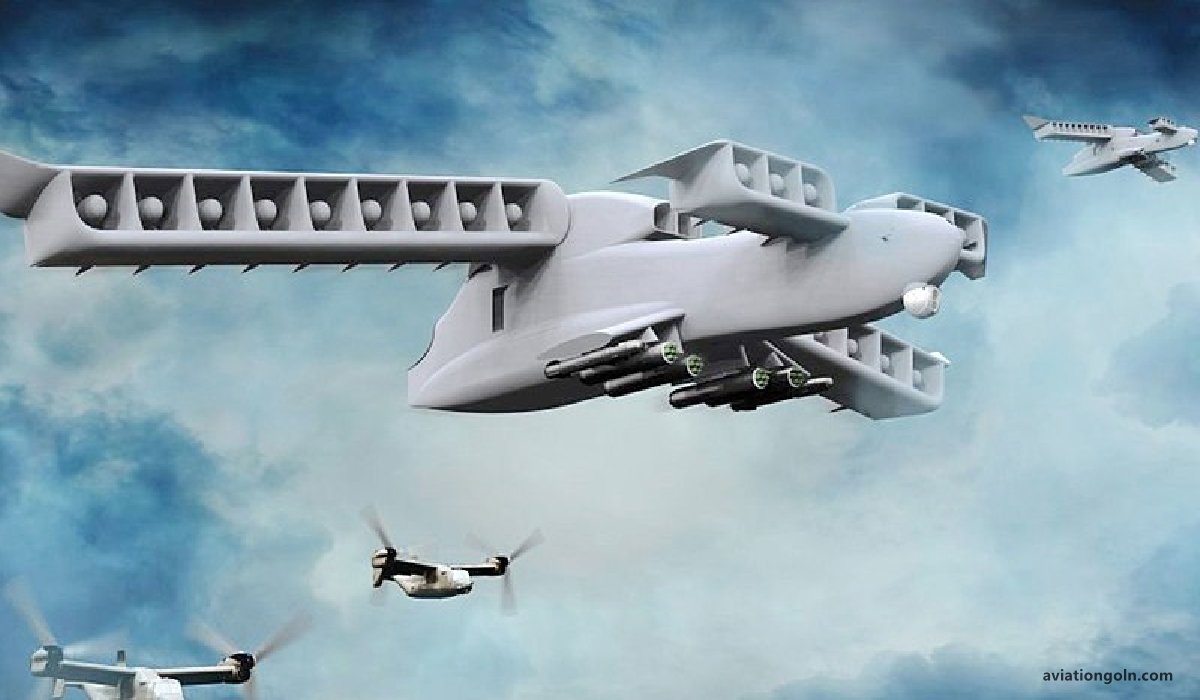
VTOL and STOL aircraft stand testament to the marvels of engineering and the unceasing human endeavor to push boundaries in aviation. Their unique flight mechanics have made them indispensable in both civilian and military realms. As technology progresses, especially with the emergence of electric propulsion and enhanced autonomous systems, VTOL and STOL aircraft are set to play an even more prominent role in shaping the future of aviation.
With each advancement, these aircraft not only promise increased efficiency and capability but also present challenges that drive innovation. The intricate dance between engineering, aerodynamics, and operational demands ensures that VTOL and STOL aircraft will remain at the forefront of aviation research and development for years to come.
See more:
